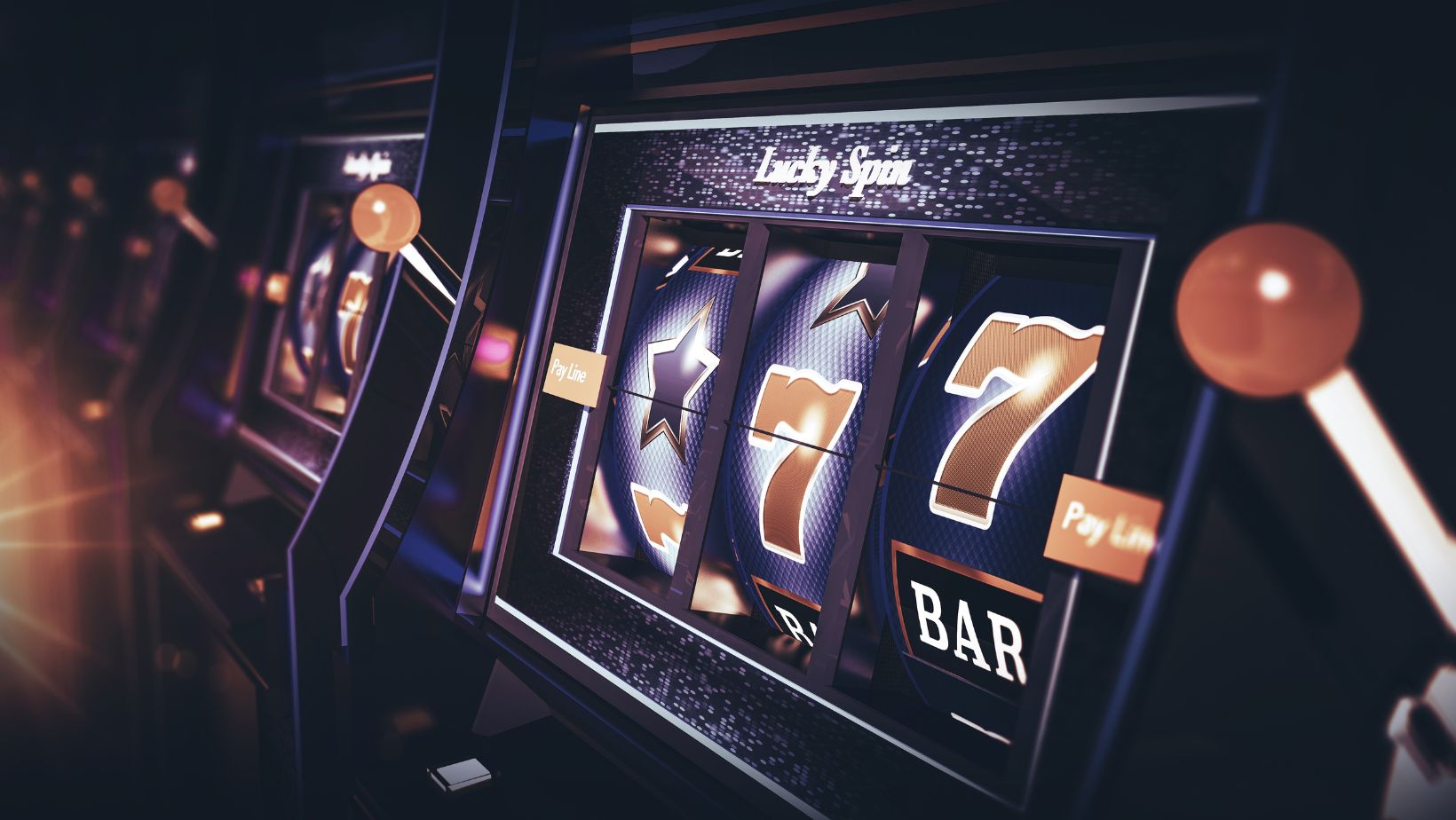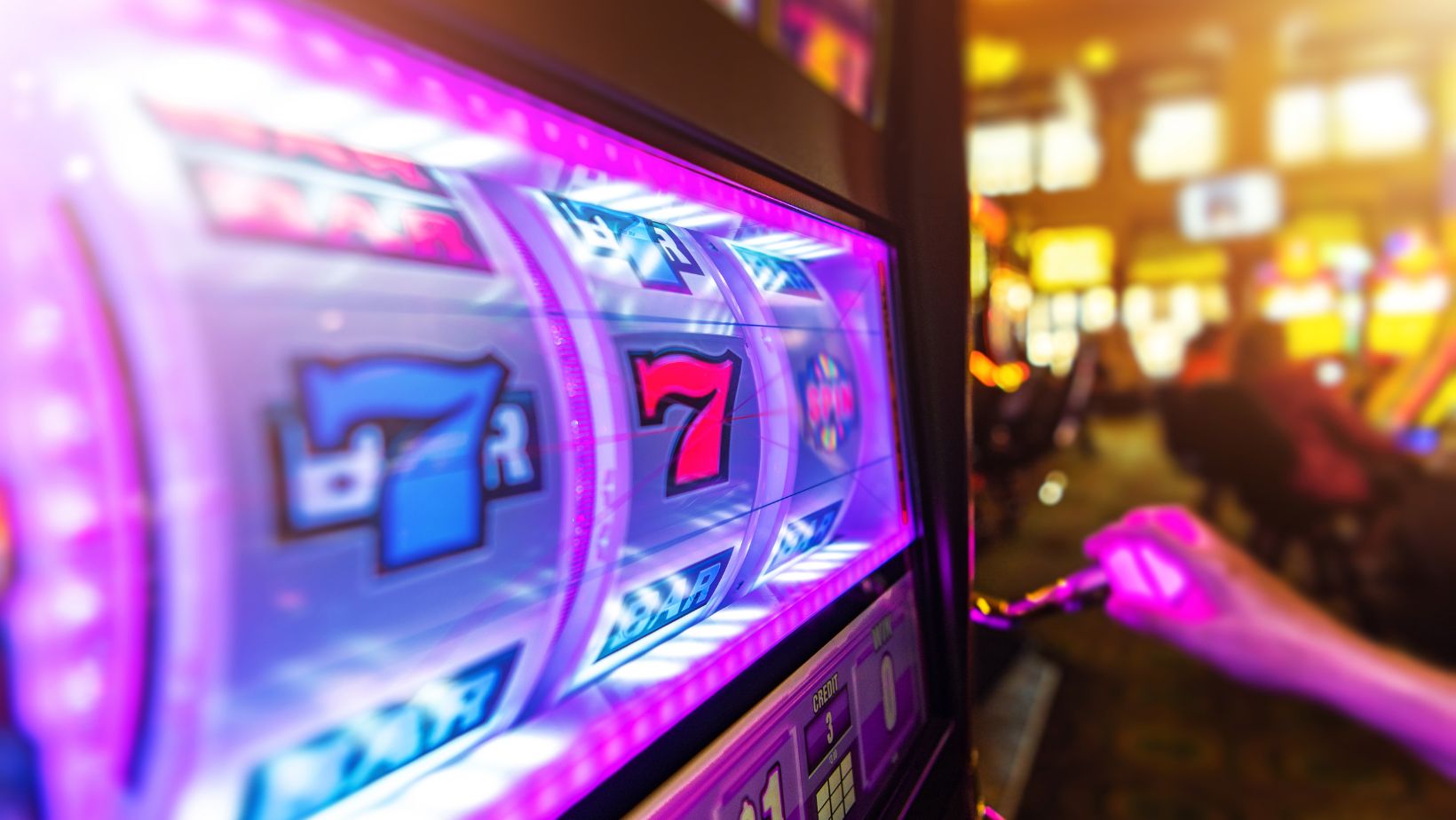Slot machines exemplify gambling for many people—put in your money, spin the reels and hope luck is on your side. While an element of randomness and fortune determines each spin’s outcome, modern slot machines utilize complex mathematical algorithms carefully configured to guide your experience. Far from just leaving results to chance, slots employ insights from game design and human psychology to entice you to put in more money.
Understanding some of the key factors built into slot machine algorithms provides insight into how they operate:
Volatility Determines Short-Term Risk vs Long-Term Payback
One major factor slot designers program is volatility, which refers to how often and how large wins occur. Low volatility slots offer smaller but more frequent payouts, while high volatility slots have fewer but potentially bigger wins. This creates different playing experiences and risk profiles.

High volatility slots at NeoSpin Casino encourage bigger bets for the chance at larger jackpots, but extended losing streaks are also common. Low volatility games feature more reliable but smaller payouts to maintain playtime. Optimizing volatility is essential for casinos to appeal to players with varying preferences.
Return to Player Drives Overall Payout Percentages
The programmed payback percentage for a slot, known as its return to player (RTP), determines its long-run payouts. On average, slots have RTPs between 75-98%, meaning for every $1 wagered, between $0.75-$0.98 is paid back to players over time.
RTP is a key metric used to fine-tune profitability. A 90% RTP means you can expect to earn 10 cents of profit over time for every $1 played. While individual sessions have lots of variance, RTP ensures built-in house advantages so slot operators remain profitable.
Near Misses and Enticing Visuals Psychologically Hook Players
Near misses—when two reels match but the third just misses—are programmed into slot outcomes much more often than true statistical odds would dictate. These near wins recruit senses of regret and motivation to continue playing to achieve the imagined just-missed potential payout.

Visual enticements like spinning reels, flashing lights and celebratory audio build suspense and excitement. Rewarding animations when winning combinations land paint playing slots as almost a personal collaboration with the machine. These effects stimulate the mind’s pleasure and reward centers, hooking players into the experience.
Carefully Balancing Rewards Ensures Steady Game Engagement
Payouts programming aims to maintain steady game engagement. Allowing too many big wins early on or overly long dry spells loses player interest quickly. But spacing out more meaningful rewards with smaller payouts between sustained appeal.
Jackpots usually occur statistically only once in many tens or hundreds of thousands of spins.
But smaller rewards that feel significant to players come up far more often to keep people playing. Getting the proportions right for the game’s target audience is critical.
Balancing factors like volatility, RTP percentages, psychological triggers and reward scheduling constitutes the real design work behind slot machines under the luck façade. While moments of good fortune always play a role, the algorithms ultimately guide outcomes over time by design, not by chance. Understanding this can reveal why these games can become so addictive.
How Slot Machine Algorithms Work
| Factor | Description | Purpose |
| Volatility | Frequency and size of payouts | Appeals to player risk preferences |
| Return to Player (RTP) | Overall payback percentage | Ensures profitable long-term edge |
| Psychology Triggers | Near misses, lights/sounds | Stimulates senses to sustain play |
| Reward Scheduling | Carefully spaced small and large wins | Maintains game engagement |
While any spin’s result relies on randomness, slot machines apply sophisticated mathematical programming and human psychology understanding to optimize the player experience. This guides game play to promote continued wagering in a way that benefits the casino’s bottom line. So while hoping to get lucky always plays a role, it’s the algorithms running under the surface that really drive modern slot machines.

More Stories
How LED Wall Technology is Transforming Visual Communication
Integrating Live Dealer Games into Online Casino Software
Why Sweet Bonanza’s Math Model Revolutionized Tumbling Reel Mechanics